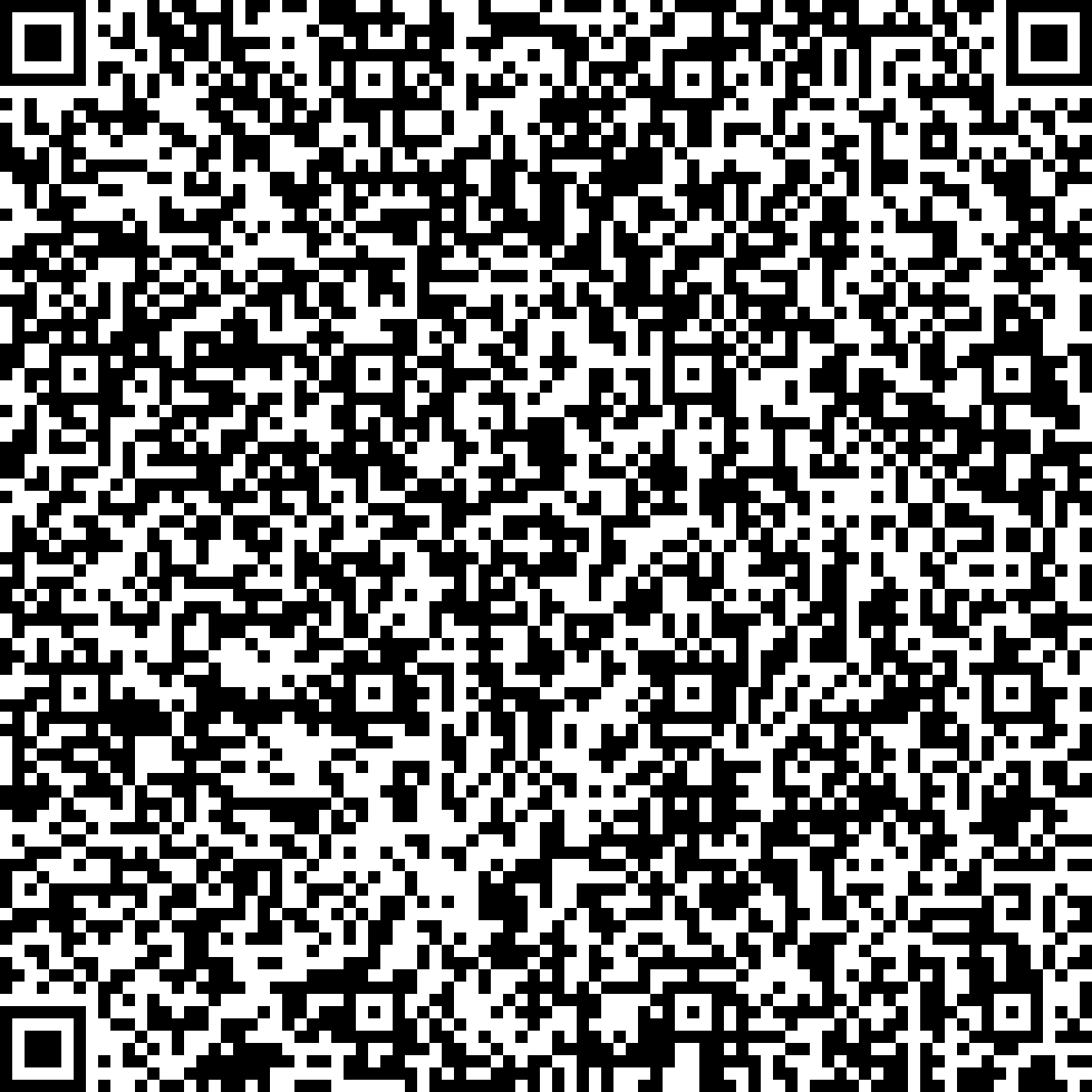


Spin and orbital degeneracies in carbon nanotubes can occur simultaneously leading to a highly symmetric Kondo state of SU(4) symmetry. The orbital degeneracy corresponds to clockwise and anticlockwise motion. The simultaneous screening of orbital and spin degrees of freedom is caused by tunneling processes causing spin, orbital pseudospin and spin-orbital fluctuations. More recent reports show that due to curvature induced spin-orbit coupling ( SOI) spin-orbital symmetry is broken in ultraclean tubes. SOI it is comparable with a typical Kondo scale in these systems. The question arises what effect does s-o coupling have on the SU(4) Kondo effect. We discuss various transport properties of carbon nanotube dots in the Kondo range examining the influence of magnetic field and intervalley mixing. A crossover between SU(4) Kondo state and SU(2) is analyzed. Within a shell, two SU(2) Kondo effects of different origins are possible, valley SU(2) Kondo effect at half filling and spin SU(2) Kondo for odd occupations. Additionally, inter-shell Kondo effects can arise at finite magnetic field due to level crossing between two different shells.



Spin and orbital degeneracies in carbon nanotubes can occur simultaneously leading to a highly symmetric Kondo state of SU(4) symmetry. The orbital degeneracy corresponds to clockwise and anticlockwise motion. The simultaneous screening of orbital and spin degrees of freedom is caused by tunneling processes causing spin, orbital pseudospin and spin-orbital fluctuations. More recent reports show that due to curvature induced spin-orbit coupling ( SOI) spin-orbital symmetry is broken in ultraclean tubes. SOI it is comparable with a typical Kondo scale in these systems. The question arises what effect does s-o coupling have on the SU(4) Kondo effect. We discuss various transport properties of carbon nanotube dots in the Kondo range examining the influence of magnetic field and intervalley mixing. A crossover between SU(4) Kondo state and SU(2) is analyzed. Within a shell, two SU(2) Kondo effects of different origins are possible, valley SU(2) Kondo effect at half filling and spin SU(2) Kondo for odd occupations. Additionally, inter-shell Kondo effects can arise at finite magnetic field due to level crossing between two different shells.